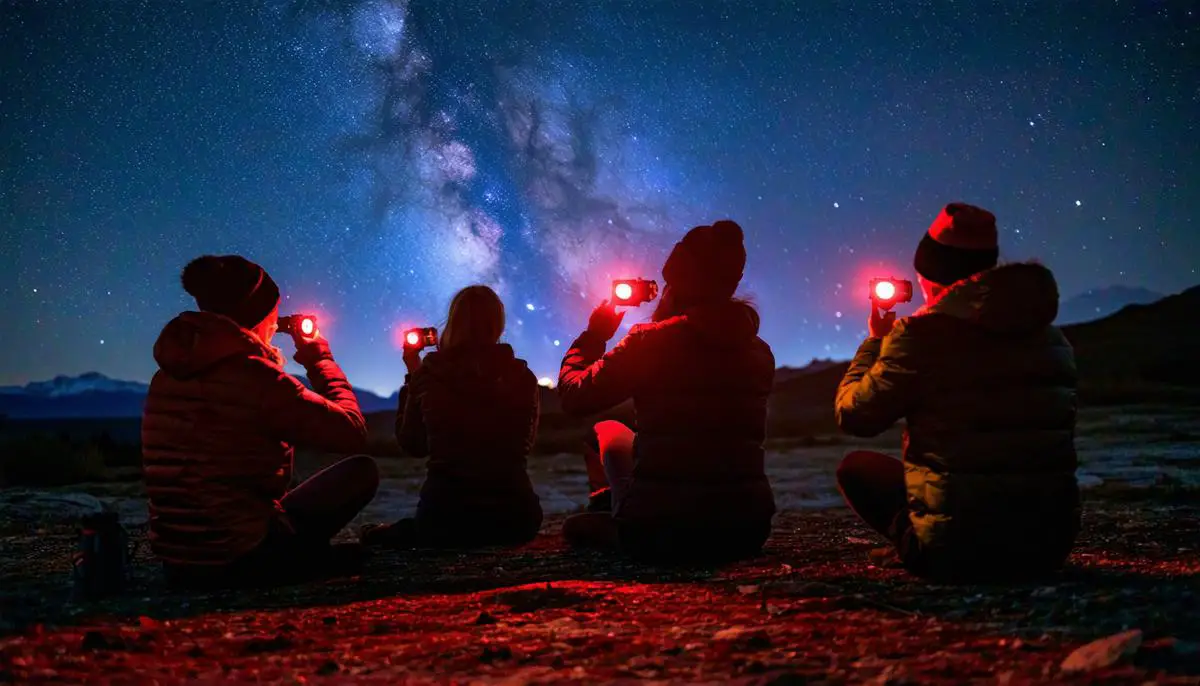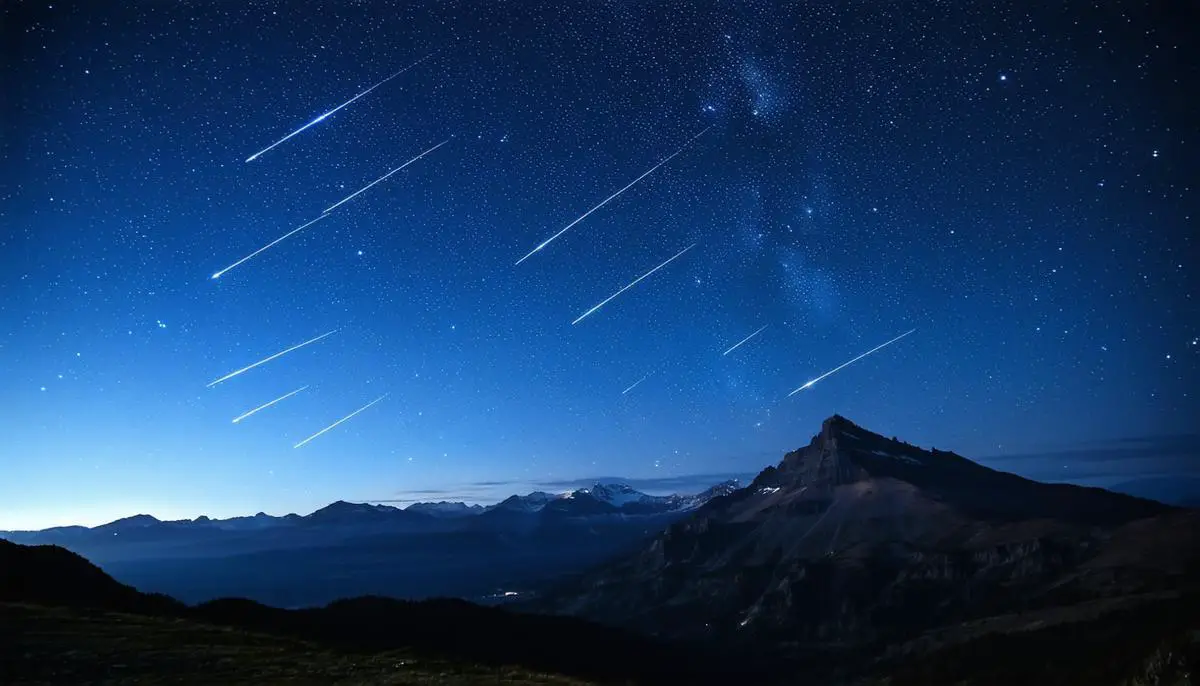As nights lengthen and skies darken, the Taurid meteor showers offer a captivating display for both seasoned astronomers and casual stargazers. This annual event invites us to pause and observe the wonders that grace our universe.
Taurid Meteor Shower Overview
The Taurid meteor showers originate from the debris left by comet Encke as it journeys through our solar system. Divided into the Southern Taurids and Northern Taurids, these showers are known for their slow-moving, luminous meteors and occasional fireballs. The display occurs annually from September through December.
Taurids travel relatively slowly at around 17 miles per second, allowing observers ample time to appreciate their long-lasting trails. The Southern Taurids, active from late September to late November, peak on November 4-5, 2024, with up to 10 meteors per hour visible under nearly moonless skies. The Northern Taurids, active from mid-October to early December, peak on November 11-12, though the brighter moon may obscure fainter meteors.
Every several years, the Taurids produce more intense fireball displays, creating a particularly impressive spectacle. Visible almost globally, the Taurids can be best enjoyed from locations with minimal light pollution. Observers should allow their eyes about 30 minutes to adapt to the darkness, enhancing the chances of spotting meteors.
The radiant point, located in the constellation Taurus near the star Aldebaran, reaches its highest point in the sky around midnight. While meteors can be seen across the entire sky, identifying this point can enhance the viewing experience.

Optimal Viewing Times
For the Southern Taurids, the best viewing nights are November 4 and 5, 2024. With only 15% lunar illumination, observers may spot up to 10 meteors per hour against a darker sky.
The Northern Taurids' peak on November 11 and 12 presents more challenging conditions due to 86% lunar illumination. However, patient observers may still see up to 5 meteors per hour, especially after moonset or in darker areas of the sky.
The overlapping phases of both streams from late October to early November offer increased opportunities for meteor sightings.
Tips for optimal viewing:
- Choose a location away from city lights
- Allow time for your eyes to adjust to the darkness
- Look slightly sideways from the radiant's position for longer meteor trails
- Use red flashlights to preserve night vision
- Dress warmly and bring hot drinks for comfort during extended observation
While the Taurids offer reliable annual appearances, each year's display can vary, making each viewing experience unique.

Whether you observe a brief meteor streak or witness a spectacular fireball, the Taurid meteor showers provide an opportunity to appreciate the ever-changing wonders of our universe. Find a comfortable spot under the stars and enjoy nature's celestial display as it unfolds across the night sky.
- Campbell-Brown M, Brown P. Observer's Handbook 2024. Royal Astronomical Society of Canada; 2023.
- Cooke B. NASA Meteor Expert Interview. Space.com; 2023.
- American Meteor Society. Taurid Meteor Shower. AMS Website; 2023.
![]()
